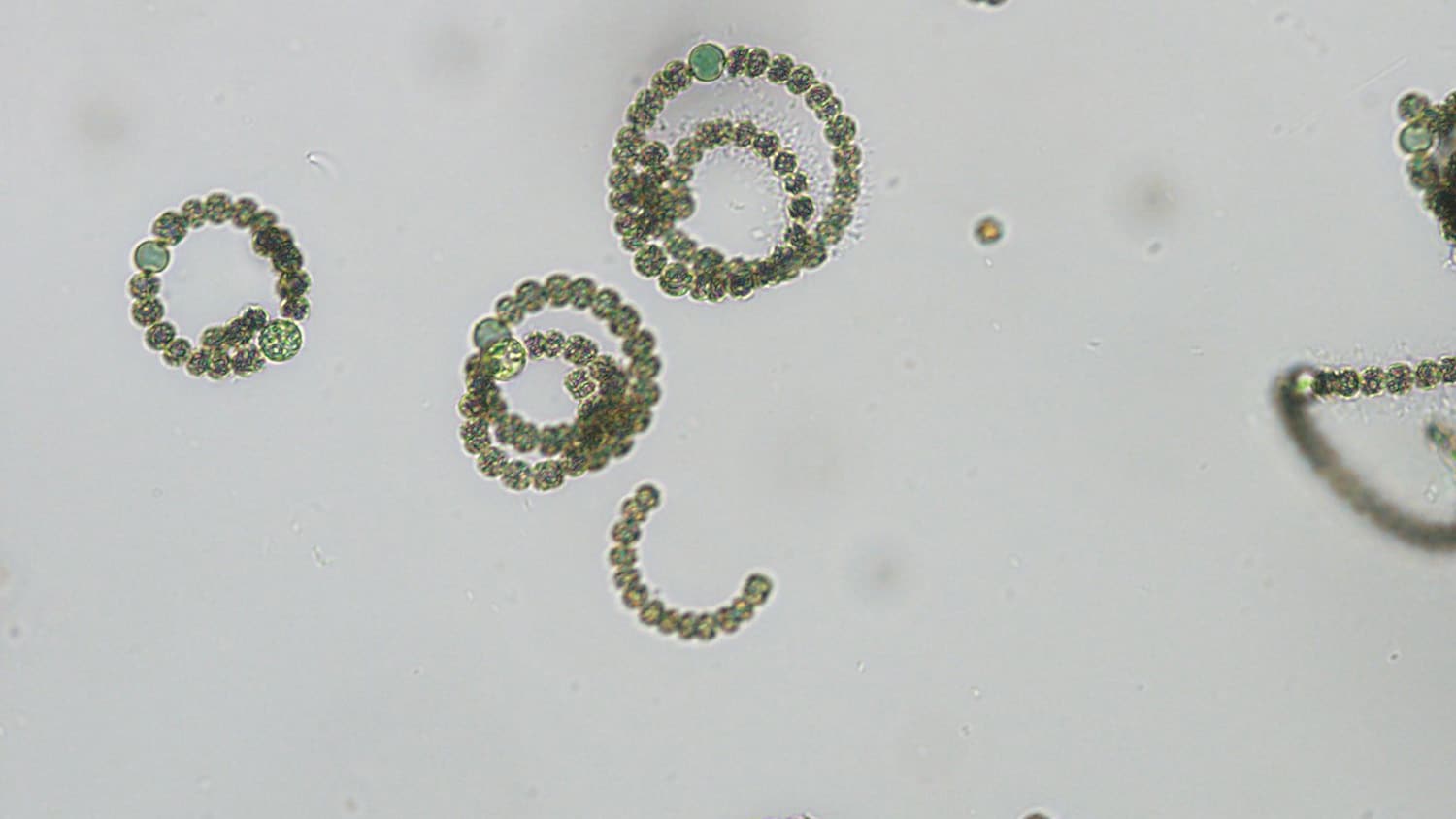CCEE faculty members Dan Obenour and Casey Dietrich will join colleagues across NC State University to lead a research effort to improve the monitoring and management of harmful algae blooms. Research, funded by the National Science Foundation and the National Institute of Environmental Health Sciences, will focus on issues relevant to ocean and human health.
The North Carolina Center for Coastal Algae, People and Environment (NC C-CAPE) will bring together researchers from five colleges at NC State and is funded by a five-year, $6.9 million grant. The Center is led by Astrid Schnetzer (Department of Marine, Earth and Atmospheric Sciences).

There have been growing concerns among residents and scientists about harmful algal blooms in the region, coinciding with reports of toxins present in water and seafood. However, major knowledge gaps exist regarding the environmental drivers that lead to the development of harmful algal blooms, the production of toxins and the associated human health risks. NC C-CAPE will provide the necessary research to improve cyanobacteria and toxin monitoring; inform guideline values for the safe consumption of water and seafood; deliver predictive tools to assess emergent and future toxin exposure risk; and leverage community engagement initiatives to fill data gaps and protect ocean and human health.
“This work is extremely important for protecting the health of North Carolina’s coastal ecosystems and the human populations depending on them,” said CCEE Department Head Jackie MacDonald Gibson. “It is also a landmark project for CCEE.”
Obenour will lead a project with Dietrich and Natalie Nelson (Department of Biological and Agricultural Engineering) focused on the development of models to predict the transport of cyanotoxins — toxins produced by cyanobacteria released in algae blooms — in coastal environments. The models will focus on coastal North Carolina, especially the estuaries and sounds where freshwaters mix with saline waters. With the models, researchers will evaluate where cyanotoxins may collect and where they may originate. They will also evaluate scenarios of future climate, such as how changes in temperature, river flows, and sea levels may affect the transport of cyanotoxin.
According to Obenour, ”the research will protect public health by identifying cyanotoxin hotspots and by informing management actions to reduce cyanotoxin risks in the future.”
“This project is exciting because we will get to combine our models,” Dietrich said. “[Obenour]’s models are statistical — he will use machine-learning techniques to identify relationships between water quality inputs and cyanotoxin distributions. My models are process-based — I will extend a coastal ocean model to provide dynamic predictions of the circulation and transport in the estuarine system. The combination of these two types of models will allow us to understand better and consider more scenarios of cyanotoxin behavior.”
NC C-CAPE will have two other projects. One project, led by Schnetzer, will focus on monitoring the dynamics of harmful algal blooms and learning more about the presence and distribution of microcystin — a liver toxin — across the Pamlico-Albemarle Sound System, the country’s largest lagoonal estuary. They will then link spatiotemporal patterns to the contamination of seafood. The other project, led by Scott Belcher (Department of Biological Sciences), will define how microcystin mixtures influence mechanisms of liver toxicity in regulatory-relevant mammalian models and at-risk human populations.
NC C-CAPE will also include a community engagement core, led by Bethany Cutts (Department of Parks, Recreation and Tourism Management), which will connect with community experts and diverse stakeholders to translate research findings and implement principles of data justice for the prevention of adverse impacts of harmful algal blooms.
The National Science Foundation and the National Institutes of Health will support NC C-CAPE under award numbers OCE-2414792 and 1P01ES035542-01, respectively.
A version of this story was published by College of Science News.

